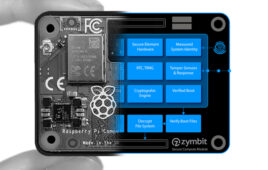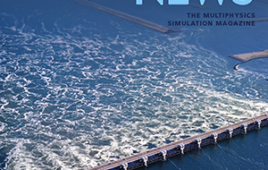Finding a strong adhesive that works in wet environments is no easy task. A research team at the University of Illinois have introduced a cutting-edge reusable adhesive that is based on shaped memory polymers (SMPs). The material activates in seconds, works underwater, and is strong enough to deadlift 11 pounds.
The team—associate professor in mechanical science and engineering Seok Kim, graduate student Jun Kyu Park, and former graduate student Jeffrey D. Eisenhaure—has proved that SMPs can retain dry adhesion properties while submerged. Their study, “Reversible underwater dry adhesion of a shape memory polymer,” was recently published by the scientific journal Advanced Materials Interfaces.
Classified as a smart material, SMPs have the ability to manually transition between their original state and a deformed state. By manipulating the state of their SMPs, Kim and his team achieved successful adhesion to surfaces submerged in water as well as other liquid media such as oil.
“Dry adhesives, such as those inspired by gecko feet, are believed to be inadequate to achieve high adhesion to a wet or submerged surface,” Kim says. “However, this belief has been nullified because of our SMP reversible dry adhesives.”
By applying pressure to the submerged SMP in its original rubbery state, liquid can be squeezed out from the contact interface. Under sufficient pressure, the SMP then transitions to a glassy state, essentially creating a hermetic contact condition that maintains highly strong dry adhesion. However, this state is not permanent; the SMP’s shape recovery properties allow for reversal of the adhesion. Furthermore, because the SMP can transition fluently between both states, its adhesion is reusable (see video).
The researchers found that the SMP’S maximum adhesion strength while submerged in a freshwater condition was 18 atm, which is at least 18 times larger than that of vacuum suction cups. Similar results were achieved for submersion in saltwater and oil. The researchers performed various experiments to explore the applications of their SMPs—for example, they used the adhesive to attach a hook to a wet wall. Once the SMP had adhered, they were able to hang a loaded backpack on the hook without experiencing any weakness in the adhesion.
Kim, who plans to commercialize his results through a start-up, says, “These findings will result in reusable high-strength adhesive fasteners for wet or submerged wall mounting. He adds, “The next step for this technology will be to further explore SMP adhesive systems to enable reversible adhesive grippers.”
Filed Under: Product design




